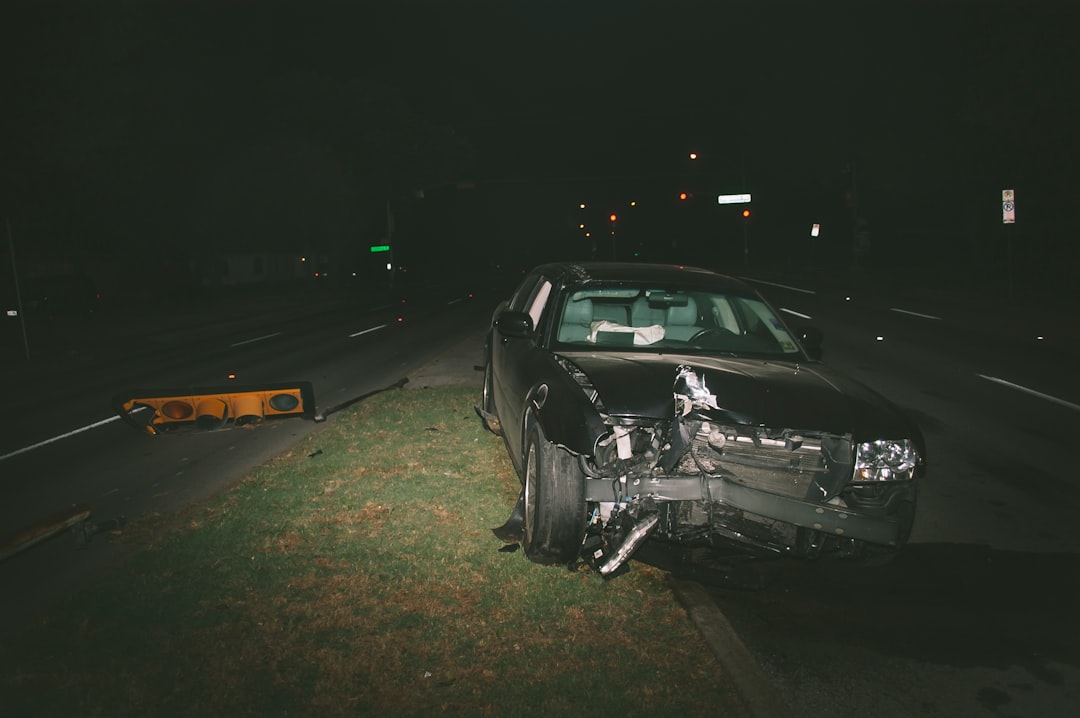What is it about?
Cities contribute disproportionately to the overall greenhouse gas (GHG) emissions and can play a crucial role in tackling climate change by reducing these emissions. There are many tools designed to assist urban developers in planning and creating more sustainable cities. One such neighborhood sustainability assessment (NSA) tool is “Leadership in Energy and Environmental Design for Neighborhood Development” (LEED-ND). But how best can these NSA tools help in reducing GHG emissions in cities? This article discusses the pros and cons of using LEED-ND for making cities low carbon. Its authors analyze how LEED-ND links to reductions in GHG emissions and the climate policies of São Paulo, a mega city in Brazil. The study shows that LEED-ND focuses on most of the main sources of GHG emissions in the city. It aligns with the city’s climate polices too. In fact, São Paulo has a district that is certified with LEED-ND. But the tool’s linkage to emission reduction is only in theory rather than in practice. LEED-ND also leaves out many crucial factors that can help reduce the GHG emissions in the city.
Featured Image

Photo by Chris LeBoutillier on Unsplash
Why is it important?
These results suggest that NSA tools like LEED-ND may be useful in making cities sustainable and low carbon. But, they need to be paired with other frameworks, making the tools more robust. Likewise, new NSA tools must be designed to help develop new city districts, and also upgrade existing districts. To make an impact at the city level, NSA tools must be part of a tiered process that aims to achieve low carbon urban sustainability. This should reflect the local contexts, policies, and complexities of city districts. And it should be easy to replicate. KEY TAKEAWAY: This study offers some key insights into how we can make NSA tools more effective. Through a systematic approach, these tools can help create sustainable and low carbon city systems. This research relates to the following Sustainable Development Goals: • SDG 13: Climate Action • SDG 11: Sustainable Cities and Communities • SDG 17: Partnerships for the Goals
Read the Original
This page is a summary of: Developing Low-Carbon Communities with LEED-ND and Climate Tools and Policies in São Paulo, Brazil, Journal of Urban Planning and Development, March 2020, American Society of Civil Engineers (ASCE),
DOI: 10.1061/(asce)up.1943-5444.0000545.
You can read the full text:
Resources
SDG Showcase: Goal 13 – Climate Action
More plain language summaries of research relevant to Sustainable Development Goal 13: Climate Action – brought to you by the SDG Knowledge Cooperative
SDG Showcase: Goal 11 – Sustainable Cities and Communities
More plain language summaries of research relevant to Sustainable Development Goal 11: Sustainable Cities and Communities – brought to you by the SDG Knowledge Cooperative
SDG Showcase: Goal 17 – Partnerships for the Goals
More plain language summaries of research relevant to Sustainable Development Goal 17: Partnerships for the Goal – brought to you by the SDG Knowledge Cooperative
ASCE Sustainable Development Goals Showcase
More plain language summaries of research relevant to ASCE's Sustainable Development Goals
SDG Knowledge Cooperative
More plain language summaries of research relevant to all the Sustainable Development Goals.
ASCE Climate Change Showcase
More plain language summaries from ASCE relevant to Climate Change
Climate Change Showcase
More plain language summaries of research relevant to Climate Change
Contributors
Be the first to contribute to this page










